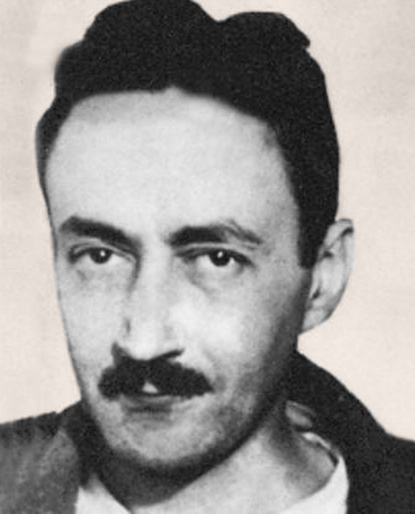
Here, poet and novelistJean Toomer writes to Alfred Stieglitz, the photographer, gallery owner, and supporter of the arts, about what he perceives to be the factors that govern the creative process. He refers to Stieglitz’s Equivalent series: striking and surreal photos of cloudy skies.
Dear Stieglitz,
When I became conscious of that relationship: the sky, the camera, and you, a profound and searching movement started. Revelation seemed immanent, and I knew that some stark clarity must result from it. At first it seemed as though all my previous conceptions of art-relations must be re-valued, for an element of passivity, a new element so I thought, had entered. This element challenged, and was about to dissolve everything. The camera was passive. The sky was passive to the camera. You. Could I locate passivity in you? I could not, since even at the moment of exposure you exercised selection. And that selection, significant and wonderful, implied a long a long and arduous sequence of experience in life and art. Further, you had indicated the art work involved in the making of the finished photograph. You then were active through the medium that you controlled. The camera became significant because you touched it. The sky, because you saw it. But first of all you saw yourself. Secondly, you knew the medium. And then the sky revealed itself as it only could unfold to you, and the camera. The relationship is thus mutual and inevitable: one term could not exist without the other. Given a pure conscious content, I know of no higher processes which fused in their achievement, are consonant with those that enter into any pure product, whatever the medium. Hence, while a searching of that relationship did not lead to a general re-valuing, by means of it I won my way to fundamentals. And this is revelation.
I want to state these fundamentals, particularly as they are manifest in your art. In doing so, I do not take it to myself that I have measured your reality. Only, that I have clarified my own.
Three factors are given: the person, the medium, and the material. The function of art is to fuse these into an inevitable unity. A unity, unthinkable save in terms of these factors. A unity which, once created, exists in independence of them.
Creation, or art as a process, distinguished from art-achievement, involves a synchronous purification of these factors. from art-achievement, involves a synchronous purification of these factors. The three factors may be visualized as spirals, each moving in from the same space, at the same time Hence person, medium, and material are in reality, one. Creation, and its unified product are identical. Points on the spirals are both processes and achievements. But for the purposes of analysis these factors must be spatially distinguished: each factor must be comprehended individually.
By purification of the person, I mean that movement which leads from sight to vision; from a chaos of surfaces to a conflict of selves, from a conflict of selves to a unified pure center. That movement which identifies the self and isolates it, that it may consciously attain to mystic identity.
Purification of the medium involves knowledge and control of it. Control of it, that it may be a ready instrument of expression. Knowledge of it, that it may focus on those materials which it alone may perfectly utilize.
By purification of material, I mean that process which yields a knowledge of it, which renders it available, which results in a selection that is consonant with the person and the medium.
As there are few artists who achieve creation in this three-fold purity, so are there few critics receptive of it, once it has been achieved. Critics and artists are identical in their dissociation of faculties, in their complete lack of some pure factor, in the isolation of their sensitives [sic]. Thus one finds critics of persons: biographical critics. Critic? One reaches for the critic without adjective as one looks for the artist. And this is natural, for material art (and material transformed to content) is the necessary pre-existent basis and stimulus to criticism.
[Jean]
From The Letters of Jean Toomer, 1919-1924. Toomer, Jean, and Mark Whalan. Knoxville: University of Tennessee Press, 2006.


